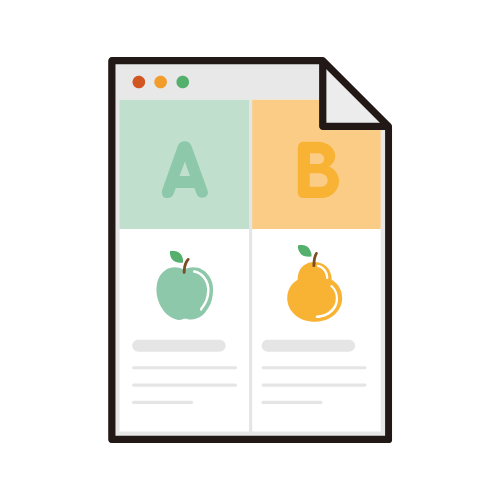A/B testing is a powerful tool for product managers to evaluate the impact of new features on user behavior. By splitting traffic into a control group and one or more variants, it allows you to measure the impact of changes on behavioral metrics such as engagement, conversion rates, and retention.
